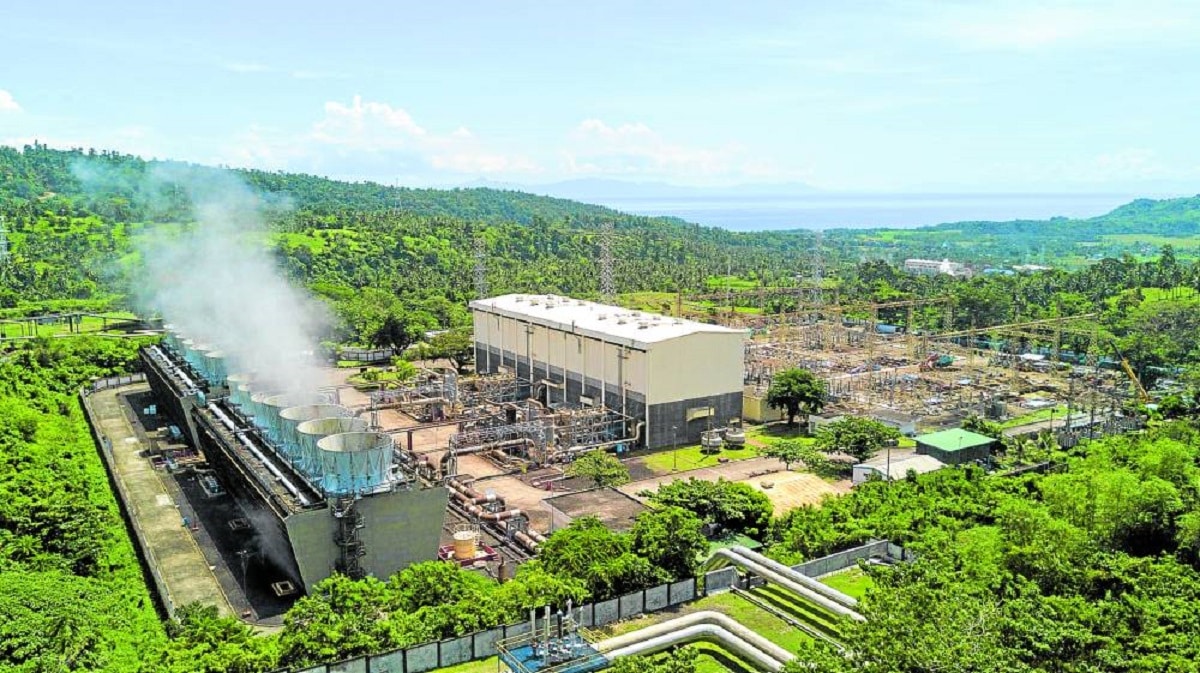Tapping Earth’s power: PH’s reliable clean energy source

Aerial Shot of APRI Tiwi
TIWI, ALBAY, Philippines — As the world continues to find better ways to harness clean, sustainable energy, the Philippines, quite literally, stands on one of its most powerful resources: geothermal energy.
The country is the third-largest producer of geothermal energy across the globe, which means it could be at the forefront of maximizing a renewable gold mine that could be key to Filipinos’ energy security. That is if it can overcome challenges to its development.
“Geothermal energy is often overlooked in discussions about renewable energy, but it’s one of our most reliable clean power sources,” said Jeffrey Estrella, President of AP Renewables Inc. (APRI), a subsidiary of Aboitiz Power Corporation (AboitizPower) that operates the Tiwi and Makban geothermal facilities across the provinces of Albay, Laguna, and Batangas.
Unlike its renewable cousins solar and wind power, geothermal energy doesn’t depend on weather conditions. Throughout 2023, while solar panels only achieved about 20 percent of their peak capacity and wind turbines managed just 31 percent, geothermal plants in the Philippines maintained an impressive 65-71 percent capacity factor, rivaling traditional coal plants’ 58-69 percent.
READ: DOE eyes $250 million to bankroll de-risking geothermal facility
Article continues after this advertisementThis reliability makes geothermal energy ideal for baseload power, or the consistent electricity supply needed to meet minimum daily demand. “Think of baseload power as the foundation of our electricity supply,” Estrella explained. “While solar and wind power output fluctuates throughout the day, geothermal plants can run continuously, providing stable power 24/7.”
Article continues after this advertisementDespite this advantage, geothermal energy only accounts for 9 percent of the Philippines’ gross power generation, compared to coal’s dominant 63 percent. The reason? High upfront costs, high exploration risks, and technical challenges in drilling wells, with exploration alone eating up almost half of total project costs.
Increasing geothermal energy production
Power producers like AboitizPower’s APRI aren’t letting these challenges stop them from taking advantage of this indigenous source.
In APRI’s Tiwi and Makban facilities, which contribute 300 megawatts in net sellable capacity to the national grid, they are exploring ways to increase energy production. The recent drilling campaign for new production and injection wells by the Philippine Geothermal Production Company (PGPC) added 94 megawatts of output, double the initial expectations.
APRI’s latest energized venture, the Tiwi Binary Power Plant, also showcases efficacy and efficiency in the sector. By capturing residual heat from existing geothermal processes—energy that would otherwise go unused—the plant generates an additional 17 megawatts of clean power for the Luzon grid.
Furthermore, in a groundbreaking move, APRI is now developing the Philippines’ first battery energy storage and geothermal hybrid system. The Bay Battery Energy Storage System (BESS) project in Laguna will allow the Makban geothermal plant to provide rapid support during peak demand periods, helping address grid stability and power reliability.
“As the Department of Energy works on its ‘Geothermal De-risking Roadmap,’ the future of this underutilized resource looks promising,” Estrella said. “With the Philippines’ installed geothermal capacity at 1,952 megawatts as of April 2024, there is still significant room for growth.”
Peak demand in the Philippines continues to grow annually, with forecasts indicating it will double within the next 13 years to over 36,000 megawatts by 2037. Meanwhile, on the geothermal supply side, only about 151 megawatts of committed geothermal power projects are in the pipeline, according to the Department of Energy.
While geothermal power stands out as a reliable, clean, and homegrown solution that could help secure the Philippines’ energy future, it should be clear that there is no such thing as a singular solution.
The road to clean energy will need all types of generation technologies to ensure energy security as the country builds the energy system of the future.
Geothermal energy is a puzzle piece to the bigger picture of finding the right mix of power plants that can handle varying electricity demands throughout the day and in the years to come.
With this in mind, AboitizPower constantly pursues opportunities to grow its portfolio, not just for geothermal but also for solar, hydro, wind, and energy storage systems, en route to reaching 4,600 megawatts of clean capacity. In balance, it also continues to invest in thermal power plants to support the country’s baseload and peak energy demands.